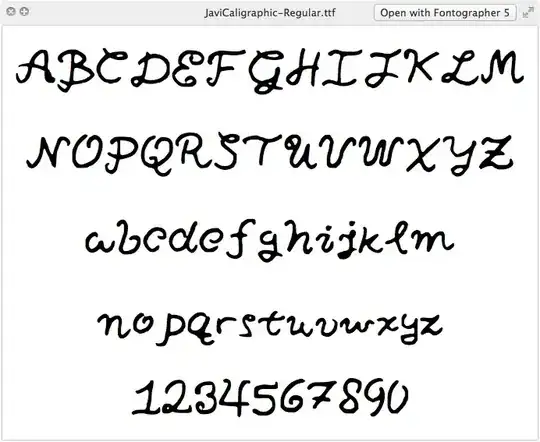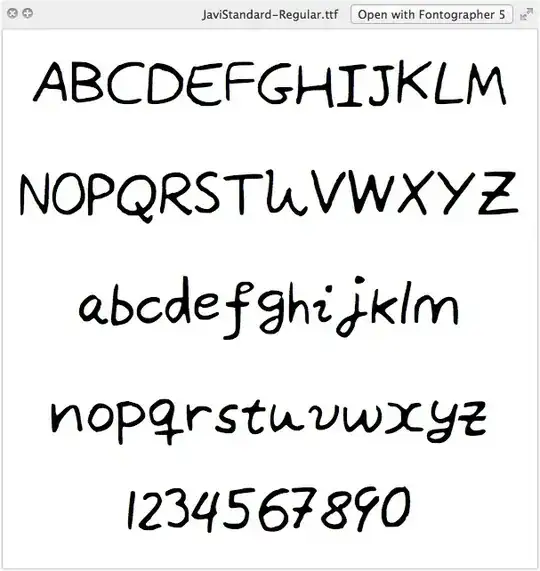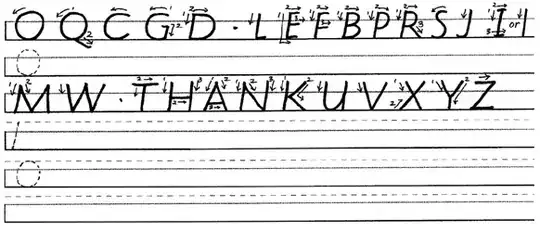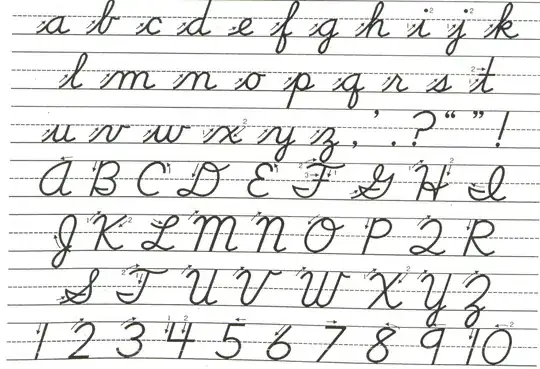I have a formula in a paper that I want to write out by hand, and it contains two "D"s, a normal D, $D$ in latex, and a 'mathcal', caligraphic D, $\mathcal{D}$ in latex.
What are some common/standard/convenient ways to write out a mathcal D by hand, so that it is obviously different from a 'normal' D?





